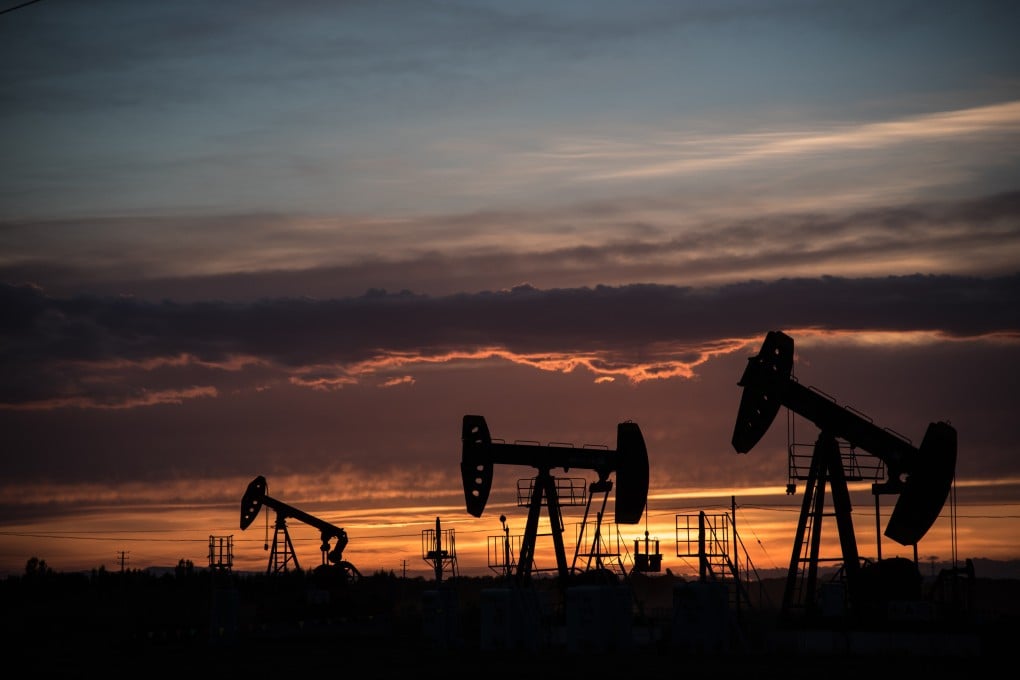Advertisement
Explainer | The past, present and future of oil in China’s Xinjiang Uygur region
- Vast region is home to most of China’s oilfields, spread across the Tarim, Junggar and Turpan-Hami basins
- As rapid modernisation sends China’s oil demand soaring, its petroleum industry is driving Xinjiang’s growth despite a pandemic and Western sanctions
Reading Time:3 minutes
Why you can trust SCMP
13

The vast Xinjiang region on China’s far western border is one of its largest, the rolling expanse of deserts, mountains and grasslands making up almost a fifth of the national land mass.
It is also China’s richest in terms of natural resources, and home to most of the country’s oil and cotton fields, as well as a major producer of grains like wheat, corn and rice.
The region has sparked international controversy in recent times, with allegations of forced labour and other human rights abuses involving Xinjiang’s mainly Muslim Uygur ethnic minority.
Western governments have imposed bans and sanctions, the latest being a string of diplomatic boycotts of the Beijing Winter Games. Beijing vehemently rejects the allegations as “groundless” and slams the criticism as “ideological prejudice”.
However, despite the controversy, Xinjiang’s economy recorded impressive growth over the past year, a key driver of which was its petroleum industry. Read on to find out more about its origin and significance in the modern Chinese economy.
When and how was oil discovered in Xinjiang?
Advertisement
